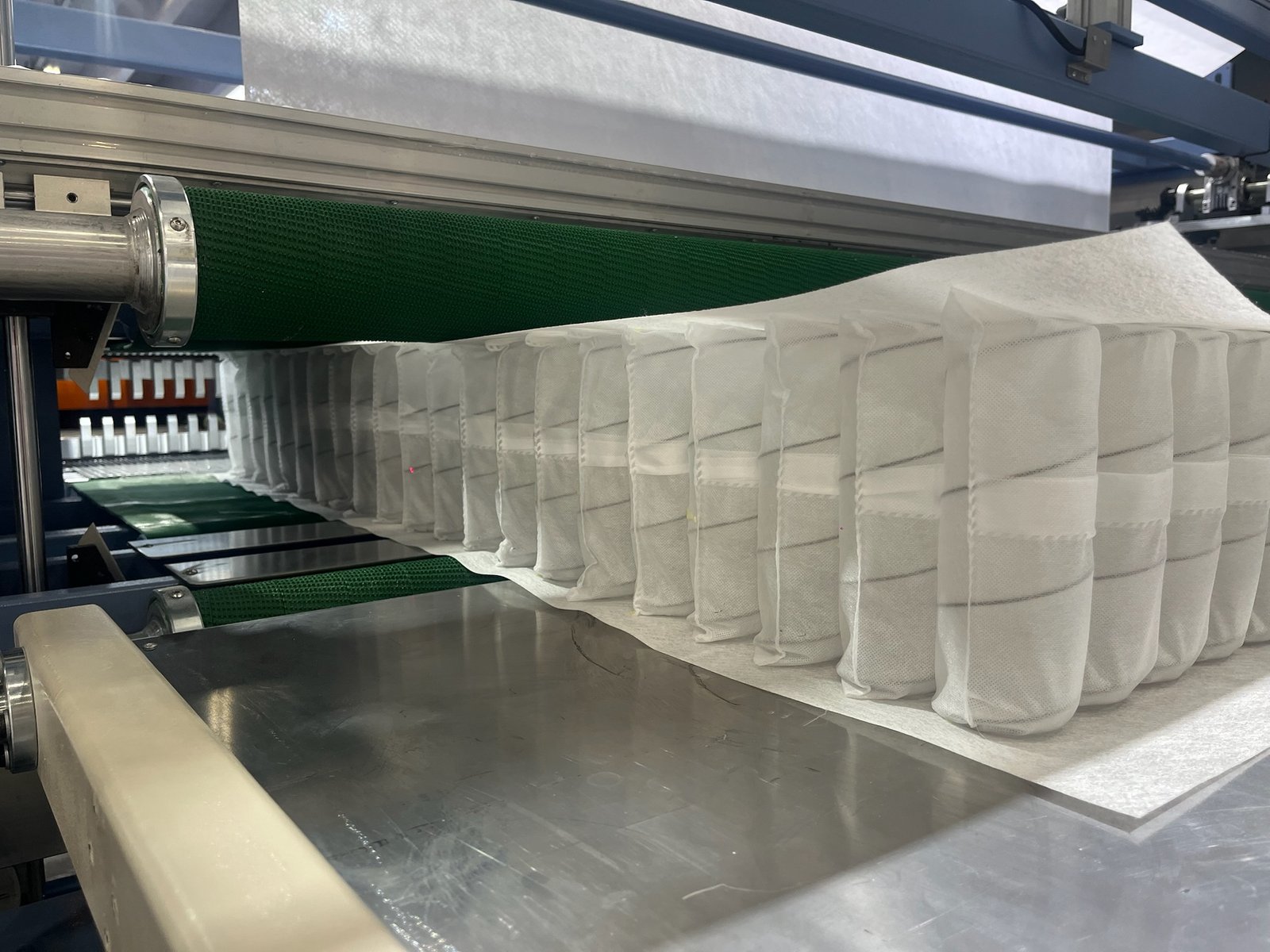How Long Do Mattress Spring Machines Typically Last?

Machines are expensive—and mattress spring machines are no exception. If you’re investing in one, you’d want to know: how long will it last?
Most mattress spring machines last 10–15 years with proper maintenance. With good practices, some machines can last over 20 years. But poor upkeep can shorten that life drastically.
Knowing the lifespan of your machinery helps you plan production, budget replacements, and avoid sudden downtime.
What Is the Typical Lifespan of Mattress Spring Machines?

All machines age, but not equally.
The typical lifespan of mattress spring machines falls between 10 and 15 years, depending on their usage, maintenance, and build quality. In ideal conditions with light use, some machines can reach or exceed 20 years. However, if they’re used around the clock in harsh factory conditions, this can drop below 8 years.
Lifespan Estimates by Machine Type:
| Machine Type | Average Lifespan | Notes |
|---|---|---|
| Bonnell Spring Machine | 10–15 years | Fewer moving parts; sturdy design |
| Pocket Spring Machine | 8–12 years | Requires precise controls and frequent service |
| Continuous Coil Machine | 12–18 years | High-speed but durable |
| Glue / Assembly Units | 5–10 years | Depends heavily on adhesive maintenance |
What Factors Affect the Machine’s Longevity?
Not all machines wear out the same. Several factors directly affect how long a spring machine will stay in service.
1. Usage Intensity
- Continuous operation (24/7) accelerates wear and tear.
- Machines used for short shifts in controlled batches tend to last longer.
2. Maintenance Practices
- Regular cleaning, lubrication, and part replacement extend the machine’s life.
- Skipping scheduled maintenance leads to friction damage and misalignments.
3. Operating Environment
- Dust, humidity, or temperature fluctuations can stress electronics and metal components.
- Machines in cleaner, climate-controlled factories tend to last longer.
4. Operator Training
- Poorly trained operators are more likely to cause mechanical damage.
- Well-trained teams help preserve machine life by handling the machine properly.
Do Better Brands Last Longer?
Yes—most of the time.
The brand and quality of the machine significantly affect how long it lasts. Machines from trusted manufacturers with solid engineering and quality control usually:
- Use higher-grade materials
- Have better component alignment
- Offer robust support for parts and service
A Quick Comparison:
| Brand Tier | Initial Cost | Average Lifespan | Service Support |
|---|---|---|---|
| Premium Brands | High | 12–20 years | Strong |
| Mid-Tier Brands | Medium | 10–15 years | Moderate |
| Entry-Level | Low | 6–10 years | Limited |
While entry-level machines are affordable, they may require more frequent maintenance or replacement.
What Role Does Maintenance Play?
Proper maintenance isn’t just a good idea—it’s the difference between a 6-year machine and a 16-year one.
Key Maintenance Areas:
- Lubrication: Keep bearings, guides, and moving parts oiled on a strict schedule.
- Cleaning: Dust and debris buildup can clog systems and wear parts.
- Part Replacement: Monitor wear items like springs, belts, blades, or nozzles.
- Software Updates: If your machine uses PLC or touchscreen controls, update regularly to prevent software bugs.
📋 Tip: Always follow the maintenance schedule provided by the machine manufacturer—and train staff to do the same.
Has Technology Improved Machine Lifespans?
Absolutely.
Newer machines come with features that not only boost productivity but also reduce mechanical stress, such as:
- Self-lubricating systems
- Real-time fault diagnostics
- Sensor-guided wire feeding
- Modular part replacement
These advances reduce operator errors and alert you before something breaks. Many modern machines also have remote maintenance features, allowing technicians to diagnose issues without physical visits.
What Are the Signs a Machine Is Wearing Out?
If you watch closely, most machines show signs before they fail.
Warning Signs:
- Inconsistent spring tension or size
- Frequent stops or alarms
- Increased rejection rates
- Strange noises or vibrations
- Higher power usage
As these signs appear more often, it may be time to consider major repairs—or replacement.
Should You Repair or Replace?
It’s a big decision. Here’s a quick way to think about it:
Rule of Thumb:
If annual repair costs exceed 20% of the cost of a new machine for two years in a row—replace it.
Cost Comparison Table:
| Option | Initial Cost | Long-Term ROI | Best For |
|---|---|---|---|
| Repair | Low | Short-Term | Machines under 10 years old |
| Replace | High | Long-Term | Aging machines with frequent failures |
Upgrading to newer models may also reduce electricity consumption and increase speed—paying off over time.
Real-World Example
A mattress factory in Vietnam using high-quality twin-wire pocket spring machines from a top European brand reported:
- 12+ years of operation with minimal repairs
- Only 2 major parts replaced over the machine’s lifetime
- Daily cleaning and weekly preventive maintenance
Another factory using entry-level models without a maintenance plan had to replace 3 machines after just 6 years due to wear and mechanical failures.
Conclusion
Mattress spring machines typically last 10 to 15 years, but with good maintenance and the right operating environment, they can last even longer. Investing in a reputable brand, training staff properly, and following a preventive maintenance schedule are the keys to machine longevity.
The better you treat your machine, the longer it will return value to your production line.
